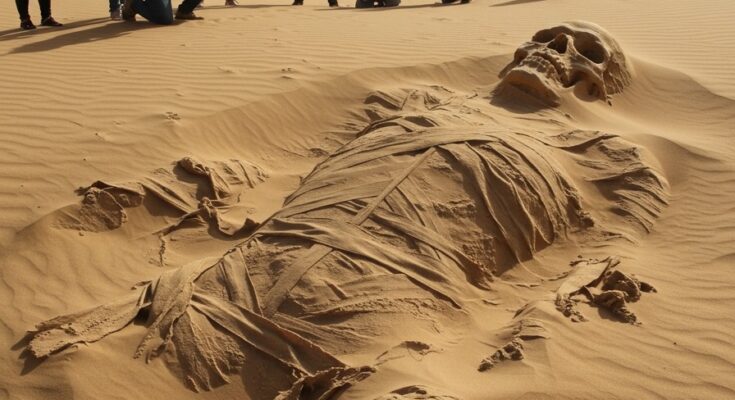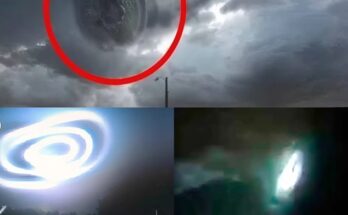About National Geographic: National Geographic is the world’s premium destination for critically acclaimed storytelling around science and exploration. Discover amazing wildlife, ancient civilizations, hidden worlds, and the incredible wonders of our Earth. Through world-class scientists, photographers, journalists, and filmmakers, Nat Geo inspires fans of all ages to connect with, explore, and care about the world.
Hidden Chamber Deep beneath the desert sands, archaeologists open a 2,600-year-old complex and find ancient Egypt’s first fully intact funeral home. The Lone Coffin In the first mummy workshop ever discovered, the team face their greatest challenge yet — removing the 5-ton lid from a mysterious lone sarcophagus. The Broken Seal Deep inside the 2,600-year-old tomb lies a mystery: a sarcophagus with signs of being tampered with. It takes meticulous detective work to learn why. Servants of the Serpent Goddess Dr. Ramadan Hussein discovers the tombs of three priests with lavish mummies. One thing connects them all — the worship of a mysterious snake goddess.
Archaeologists working in a remote desert site have revealed a discovery that has stunned both scientists and the public: the mummified remains of an enormous humanoid figure, preserved beneath layers of sand and stone. Unlike typical burials, the body appears to have been interred in a structure resembling a ceremonial chamber, with fragments of cloth and resin still clinging to the skeletal frame. Measuring far larger than any recorded human, the figure’s sheer scale has left researchers scrambling for explanations. Could this be evidence of a lost civilization that revered colossal beings, or even a preserved representative of a species deliberately omitted from historical records? The combination of mummification techniques and unusual proportions has made the find one of the most perplexing in recent decades.
data-start=”1094″ data-end=”1898″>rts are divided on its significance. Some archaeologists caution that the figure may represent a ceremonial construction rather than a true biological specimen—perhaps a symbolic burial designed to honor mythical ancestors. Others argue that the preserved state, with distinct skeletal features and organic material intact, makes such a theory unlikely. Calls for advanced testing are mounting, including radiocarbon dating, DNA sequencing, and chemical analysis of the embalming materials. Skeptics, meanwhile, warn against sensational claims, pointing to the long history of exaggerated finds and elaborate hoaxes. Yet the secrecy surrounding the site and the limited information released by officials have only amplified suspicions that the discovery may be more extraordinary than acknowledged.
Outside the realm of science, the find has already ignited global fascination. Social media platforms are flooded with speculation, with theories ranging from suppressed dynasties and hidden knowledge to extraterrestrial connections. Religious and cultural commentators have drawn parallels to myths of giants found in ancient texts, arguing that this mummy may be the missing link between legend and reality. Conspiracy theorists insist the discovery will be buried by authorities to protect mainstream narratives, while millions online demand transparency and full disclosure. Whether ultimately proven to be a groundbreaking revelation, a symbolic artifact, or an elaborate misinterpretation, one truth is clear: the giant mummy has reignited humanity’s deepest questions about its past, reminding us that the sands of history may still conceal secrets capable of reshaping our understanding of civilization itself



